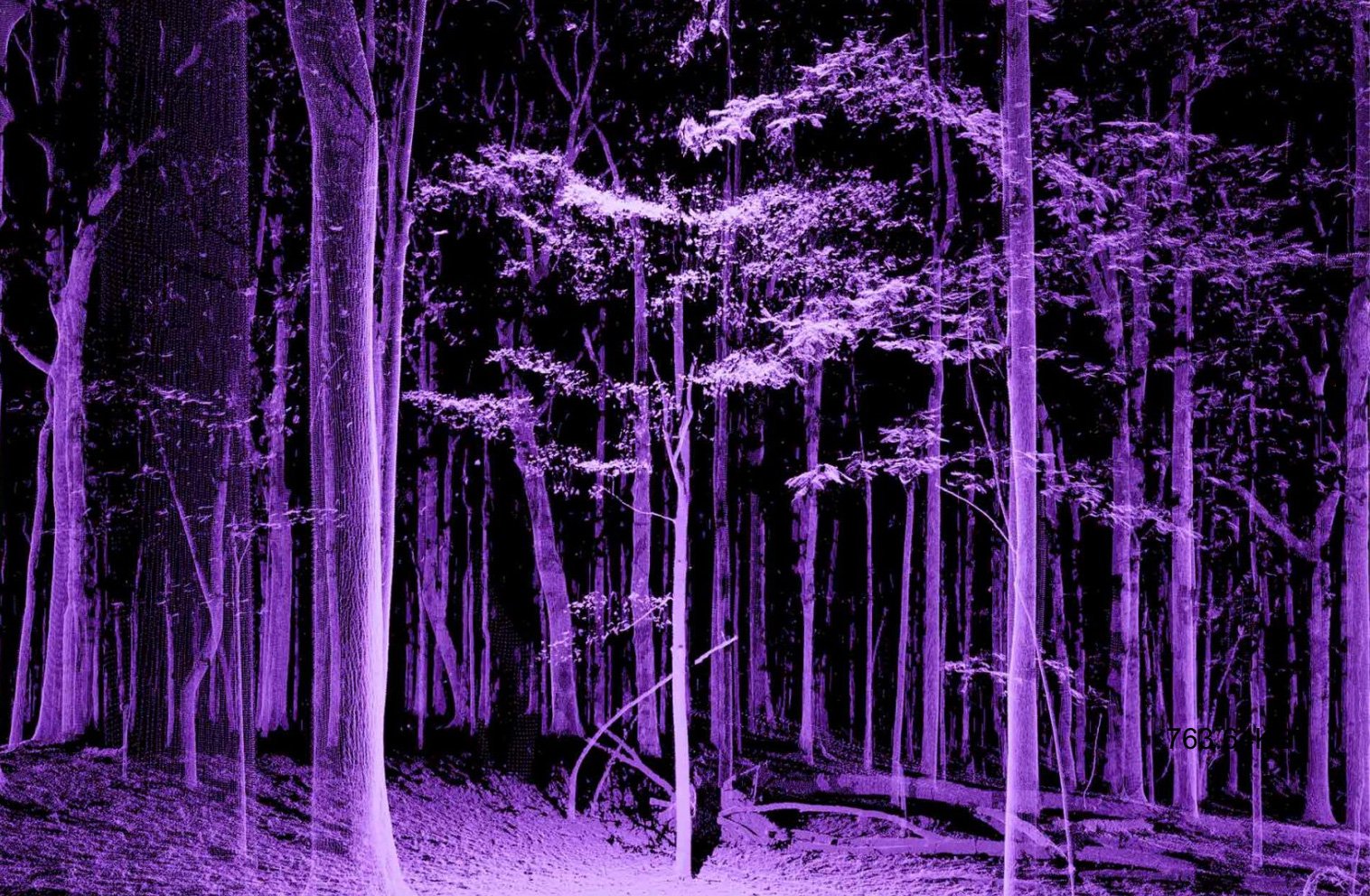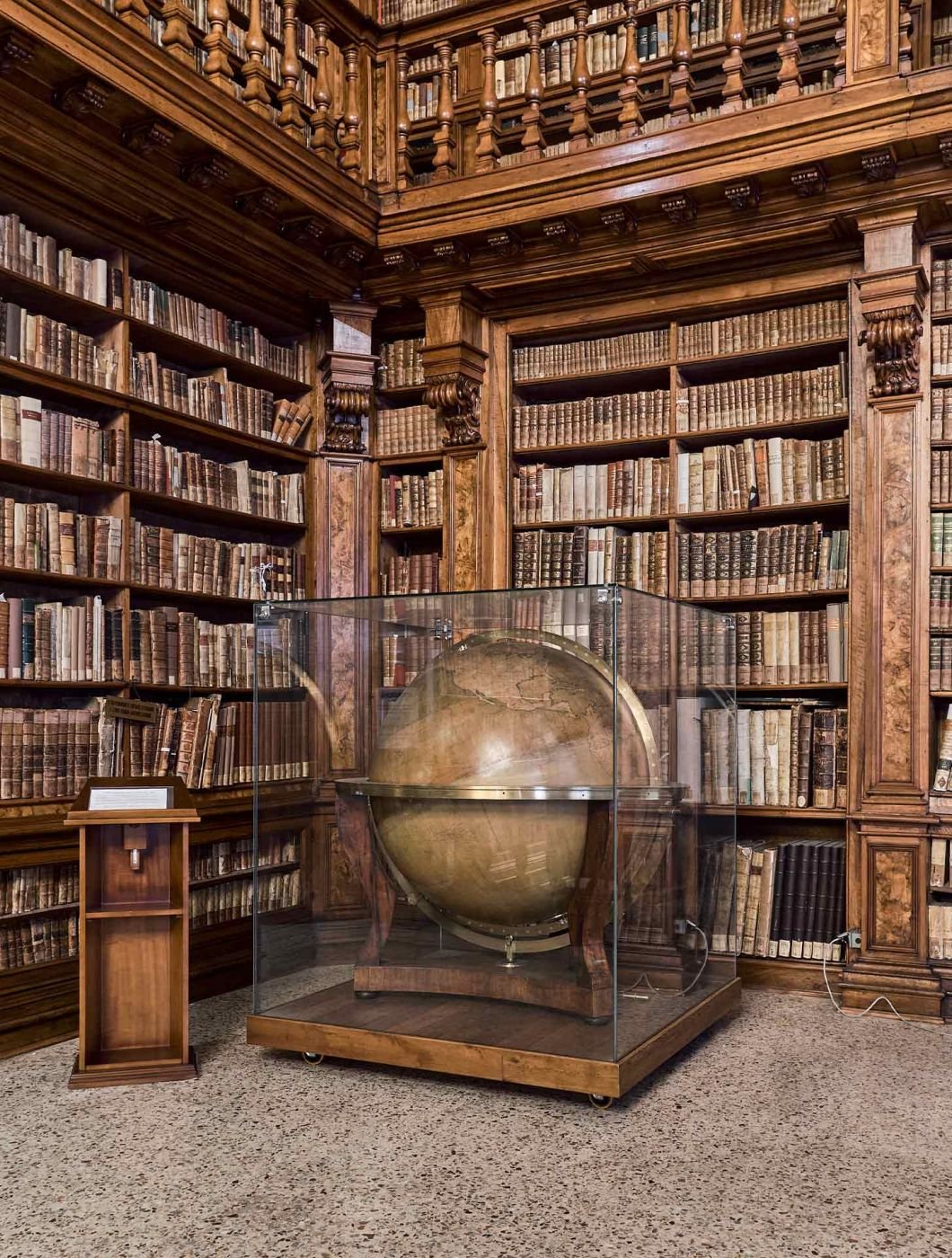ANTHROPOCENE MUSEUM 6.0 | Freedom Forests
In parallel to Salone del Mobile, Milan’s Furniture Fair, Prada Frames hosted a symposium that delved into the complex relationship between the natural environment and design. The programme was curated by Formafantasma, a research and design studio based in Milan and Rotterdam. Prada Frames brought together the valuable contribution of scholars and professionals, such as scientists, architects, designers, artists, activists, anthropologists and law experts.
The symposium took place at the Biblioteca Nazionale Braidense in Milan, which holds one of the largest and most important, forest-fed book collections in the world, though against the backdrop of a furniture fair that is largely fed by the global timber industry’s environmentally destructive legacy. The short film Freedom Forests presented the colonial complexity to this backdrop, celebrating the Kenyan ancestral relationship to forests that was always sustainable and where oral histories were narrated in song and word around fires, not enshrined in books.
We walked through the enigmatic Ololua Forest on the outskirts of Nairobi in a place called Karen, situated adjacent to what were the occupied settler plantations, owned by the Danish author Karen Blixen (1885-1962). in this forest were sites of refuge for the Mau Mau freedom fighters during the struggle for independence. Karen Blixen left Kenya in 1931, with three different families later owning the farm. In 1963, when Kenya became independent, the Danish state bought the farm and donated it to the National Museum of Kenya. In 1986 the farm was made into a museum.
We interviewed Muthoni Likimani (born 1926), one of the freedom fighting mothers, among other matriarchs all compiled as an oral record of our history that is seldom narrated for future generations to understand, and for the Prada Frames, as a counter archive that was narrated in the library, albeit for a brief moment in time.
Geo-infrastructure of Resistance
Kenya has a land area of over 580,000 square kilometers, it’s geological character is primarily influenced by the Great Rift valley, believed to have formed in the Miocene epoch around 25 million years ago. Known as the cradle of humankind, it is a vast land that stretches across multiple East African borders with rolling mountains, valleys, wetlands, forests, grassland and deserts. The western tip of Kenya is the source of the Nile river, lake Victoria better know locally as Nam Lowe meaning body of endless water. In the 19th to 20th century it became the primary purpose for the British colonial government’s plans to secure this region as a broader geopolitical strategy to control the most critical parts of Africa. The map highlights in green the protected remnants of vast forests and conservation areas set across a dynamic geology. The railway infrastructure in red was known as the lunatic express built towards the end of the 19th century with great resistance from the local British population, and indeed the biosphere of rugged terrain, man eater lions, malaria carrying mosquitos, and the brave local population that eventually fought and gained independence to rule the land again in 1963.
Mau Mau field Marshal Muthoni wa Kirima after emerging from the forest in 1963 to lay down arms at the flag of Kenya at Ruringu Stadium in Nyeri. She was nicknamed “Nina wa Thonjo” (weaver bird) by Field Marshal Dedan Kimathi, superimposed in the background, because of her ability to weave brilliant war strategies. In the foreground is the grain of the capital city of Nairobi, a critical site of contestation during the independence struggle.
Prada frames symposium venue, Biblioteca Nazionale Braidense in Milan. Site Images courtesy of Formfantasma.






